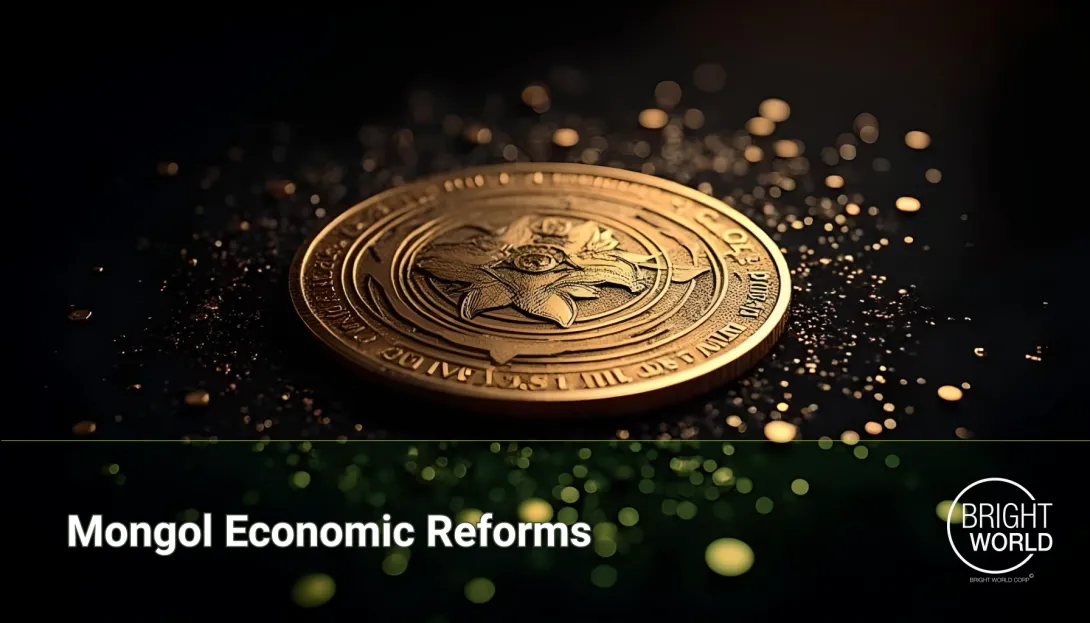
Economic Transformations Under the Mongol Empire: A Historical Analysis
The Mongol Empire is often remembered for its military conquests, but it also led profound economic transformations across Eurasia from the 11th to 13th centuries. Beyond uniting fragmented tribes, the Mongols pioneered monetary innovations and established economic policies that stabilized their vast empire and influenced global trade for centuries.
Fragmented Beginnings: Tribal Economies Before Chinggis Khan
In the 11th century, Mongolia was a fragmented landscape of tribes operating subsistence economies reliant on pastoralism and rudimentary trade. Without a centralized authority, there were no standardized systems for trade, taxation, or currency. Southern neighbors, particularly Chinese dynasties, used divide-and-rule tactics to prevent Mongol unification and maintain control over trade routes.
Temujin’s Unification and Economic Consolidation
The rise of Temujin (later Chinggis Khan) marked a turning point. By uniting Mongol tribes under a single banner and implementing the Yassa (a code of laws), he established legal uniformity essential for trade and commerce. Controlling key trade routes like the Silk Road enhanced the empire’s economic power.
Mongol Interaction with the Song Dynasty and Paper Money Adoption
During the Song Dynasty, China saw significant economic advancements, including the pioneering use of paper money. When the Mongols conquered the Song in the 13th century, they inherited and expanded upon these monetary innovations. Recognizing the benefits of paper currency, they adopted it to facilitate trade across their territories, integrating diverse economies.
Möngke Khan’s Fiscal Reforms and Monetary Policies
Möngke Khan (1209–1259) formalized the empire’s economic systems with key policies:
Established the Department of Monetary Affairs to regulate paper money issuance.
Addressed inflation by backing paper currency with silver ingots, restoring trust and promoting trade.
Conducted a comprehensive census for taxation, creating a predictable revenue stream.
Möngke’s reforms protected merchants from exploitation, fostering a trade-friendly environment.
Kublai Khan and the Peak of Mongol Economic Power
Kublai Khan (1215–1294) introduced the Jiaochao paper currency, initially backed by silk and later by silver. His policies spurred agricultural productivity, infrastructure development, and urbanization, integrating economies from China to Europe. Despite these achievements, excessive paper money printing led to hyperinflation by 1350, contributing to the Yuan Dynasty’s decline.
The Economic Legacy of the Mongol Empire
From an economic perspective, the Mongol Empire’s legacy includes:
Standardized Currency: Paper money simplified trade and taxation.
Trade Expansion: Control over the Silk Road promoted East-West trade.
Administrative Reforms: Möngke’s censuses and systematic taxation provided fiscal stability.
Commerce Protection: Policies limited noble interference, encouraging markets.
Infrastructure Development: Investments in roads and postal stations reduced transaction costs.
However, the Mongols faced challenges:
Inflation: Over-circulation of paper money devalued the currency.
Administrative Overreach: Uniform policies across diverse regions led to resistance.
Succession Conflicts: Internal power struggles weakened central authority.
Understanding the Mongol Empire's Economic Legacy
The Mongol Empire’s transformation into a unified economic powerhouse underscores the role of strategic economic policies in empire-building. Leaders like Möngke and Kublai Khan recognized the importance of monetary stability, efficient taxation, and infrastructure.
For today’s economists and policymakers, the Mongol Empire offers enduring lessons:
Monetary Policy: Balance between currency supply and reserves is crucial.
Taxation Systems: Predictable taxation fosters revenue and compliance.
Trade Facilitation: Infrastructure investment and commerce protection spur economic growth.
Cultural Integration: Sensitivity to regional differences enhances policy effectiveness.
In reflecting on the Mongol Empire’s legacy, we see the enduring influence of their innovations on global trade and monetary systems, showcasing the power of strategic economic planning in shaping history.